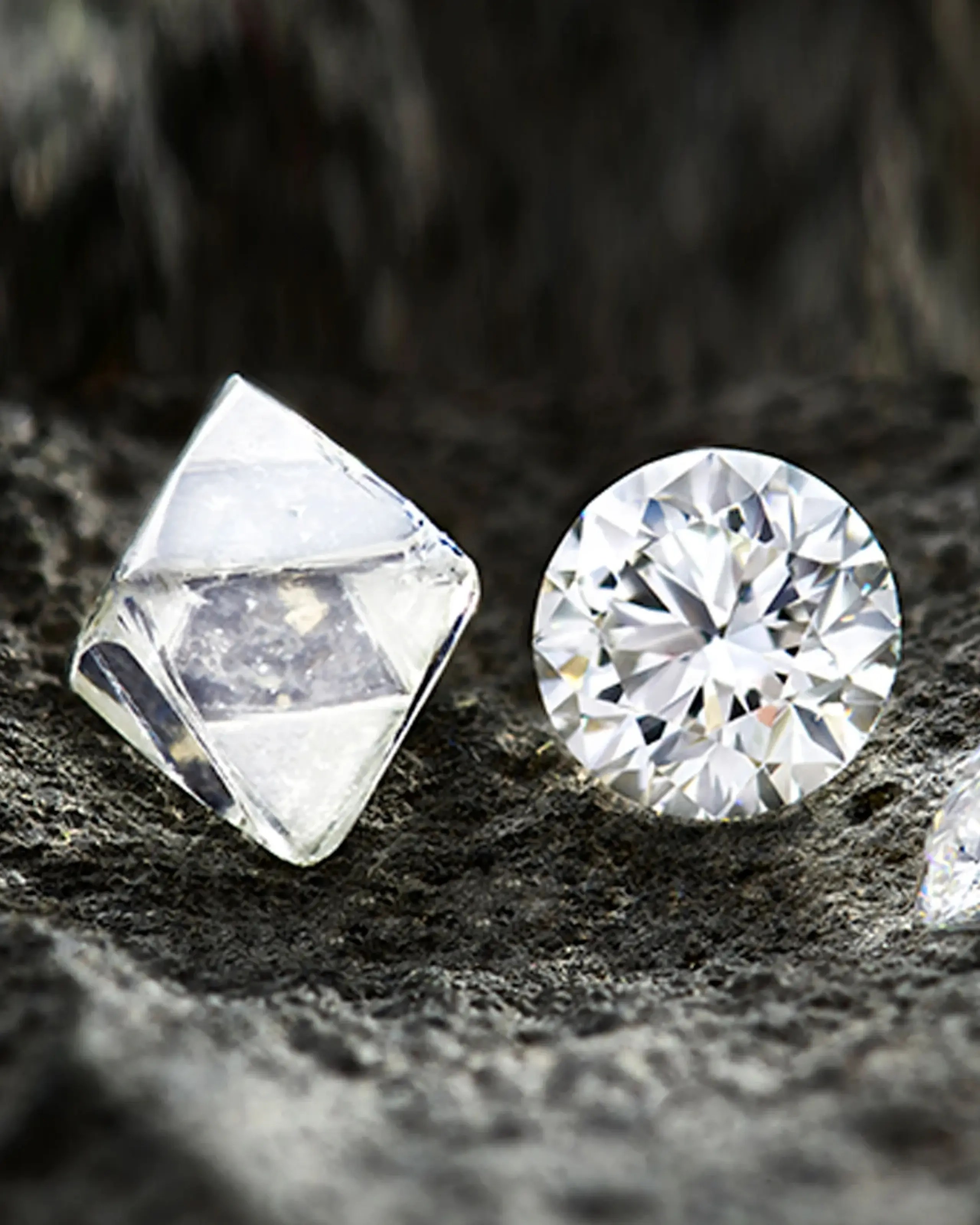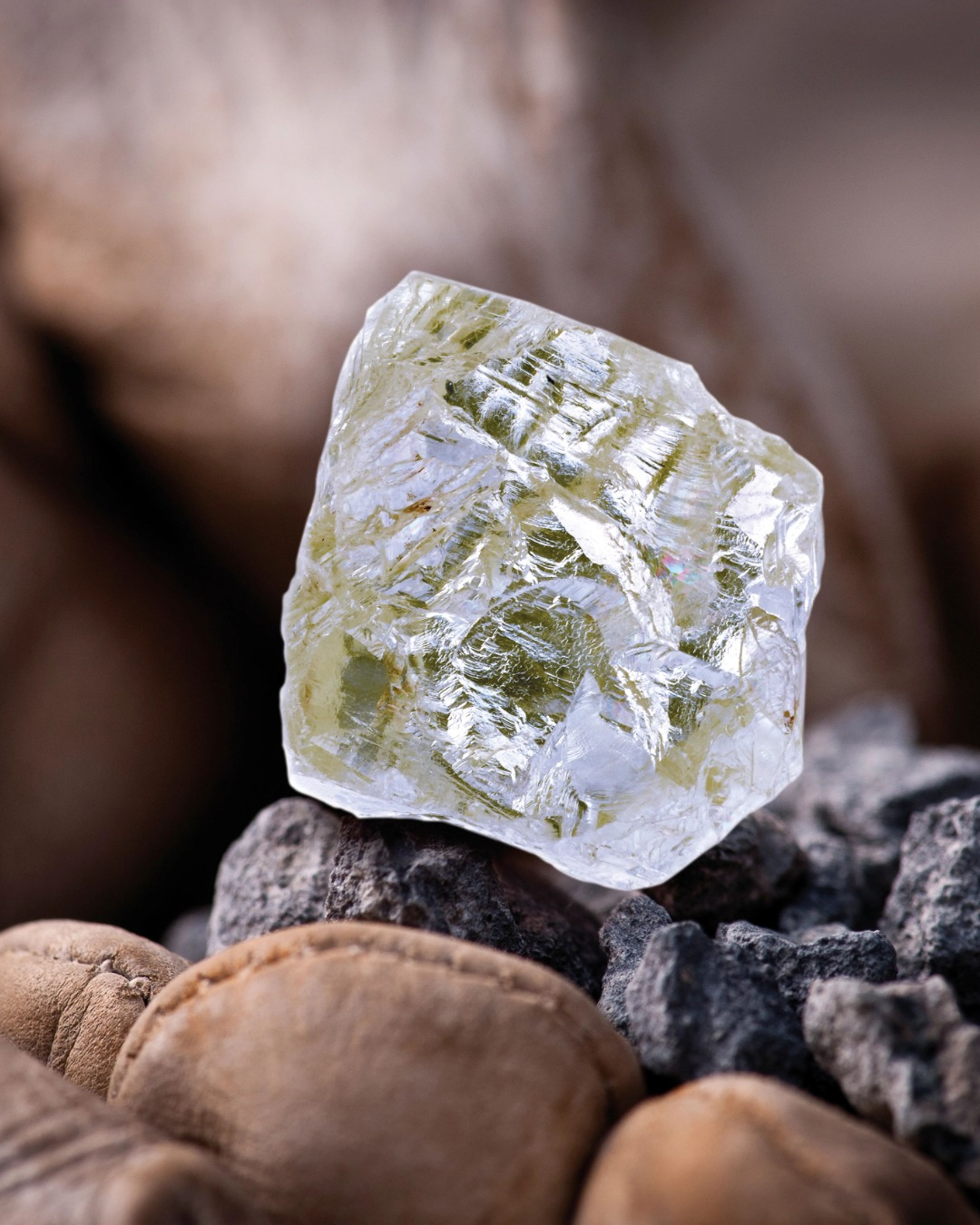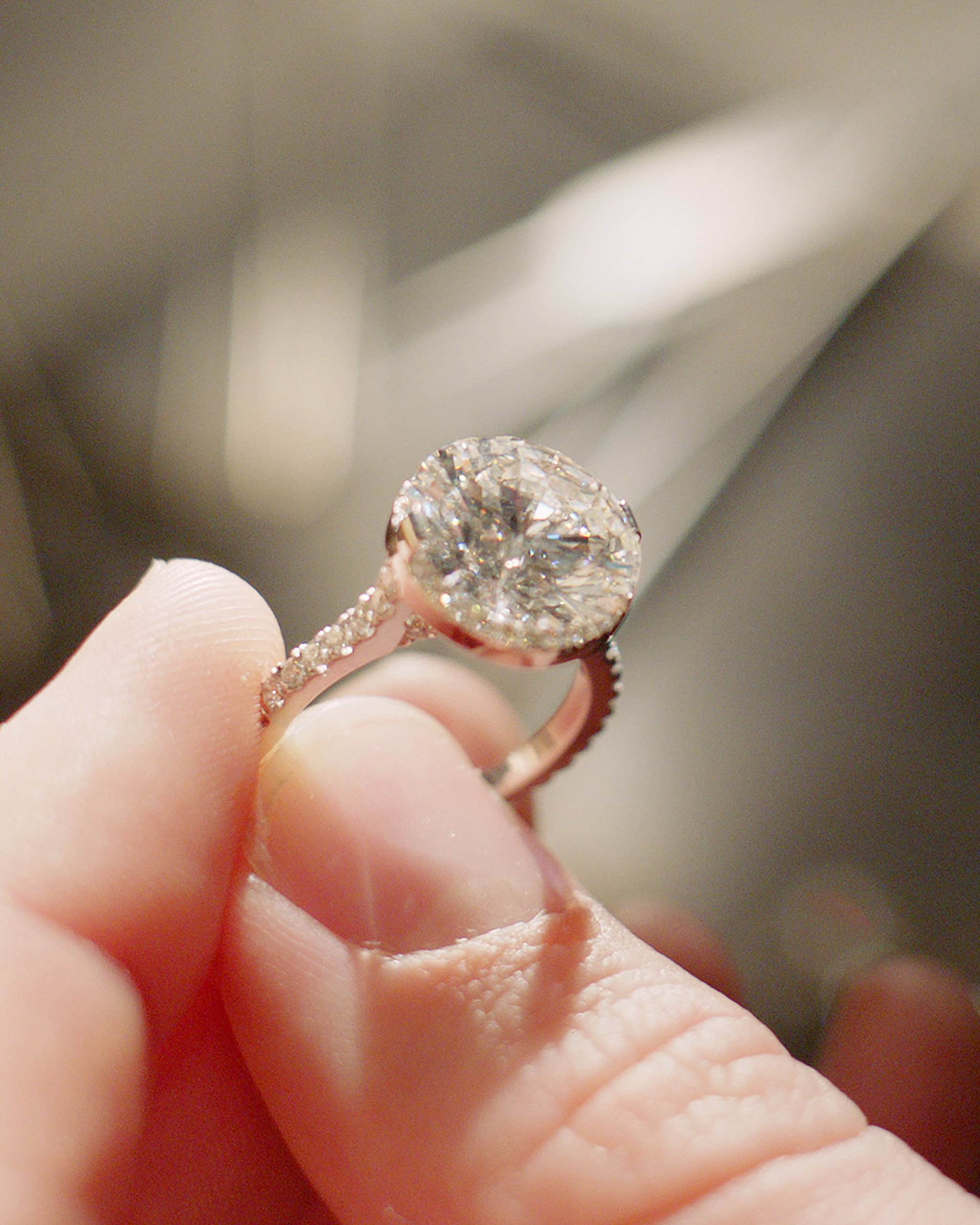May 22, 2025
By: Editorial Staff
There is an undeniable allure to a natural diamond’s brilliance—the way it catches the light, the precision of its cut, the elegance of its setting. Yet before it becomes a symbol of sophistication and luxury, every diamond begins its journey in a far more elemental state as a rough diamond. Formed deep within the Earth over billions of years, these raw stones possess a rugged charm and quiet majesty that speaks to their ancient origins. Their unpolished surfaces, natural shapes, and earthy textures tell a story of time, pressure, and transformation, long before a diamond cutter’s touch reveals their inner fire.
What Are Rough Diamonds?
A rough diamond is a natural, uncut diamond in its raw form, exactly as it is found in the Earth. Unlike the polished, faceted gems that adorn engagement rings and fine jewelry, rough diamonds have an unrefined appearance, bearing the marks of their geological formation.
These raw stones are formed deep within the Earth’s mantle under extreme heat and pressure over billions of years. Through volcanic eruptions, they are brought closer to the surface, where they are recovered in some of the most remote and extraordinary locations on the planet, from the rich soils of Africa to the icy tundras of Canada.
What makes rough diamonds so fascinating is that each one is entirely unique. Some may already hint at their future brilliance, while others remain clouded in mystery until they are expertly cut and polished. They represent nature’s artistry in its purest form, a testament to the incredible forces that shape the most coveted gemstone in the world, a natural diamond.
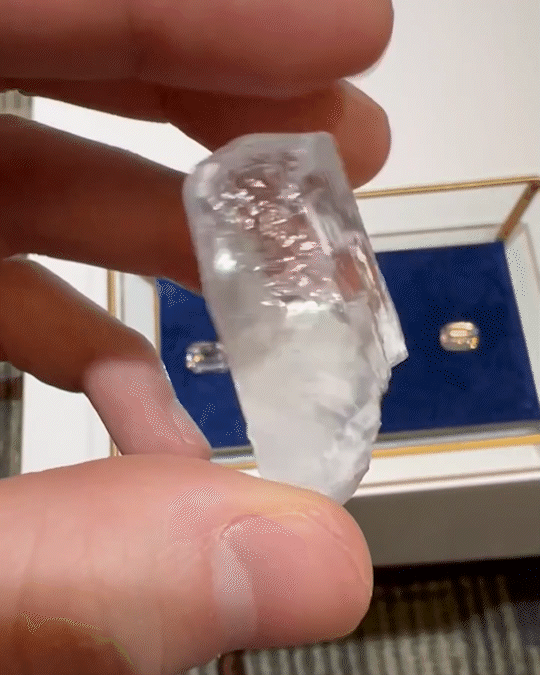
What Do Rough Diamonds Look Like?
Unlike the sparkling, faceted diamonds seen in jewelry stores, rough diamonds have an organic appearance. Their natural form can vary dramatically depending on their shape, color, and the conditions under which they were formed.
Most rough diamonds appear as irregular, opaque stones with a dull, glassy surface. Their outer texture may be smooth or have deep crevices and marks, depending on their growth patterns. Some rough diamonds have an octahedral shape—a classic eight-sided form—while others are more rounded or irregular.
Color is another defining characteristic of rough diamonds. While many are found in shades of white or gray, some exhibit hues ranging from pale yellow and brown to rare and valuable colors like pink, blue, or even green. Fancy-colored rough diamonds are especially prized for their natural intensity, as their hue is present from the moment they are mined.
Despite their raw, unpolished nature, rough diamonds possess an inherent energy that captures the imagination. For expert diamond cutters, they hold the promise of something extraordinary—hidden brilliance waiting to be revealed.
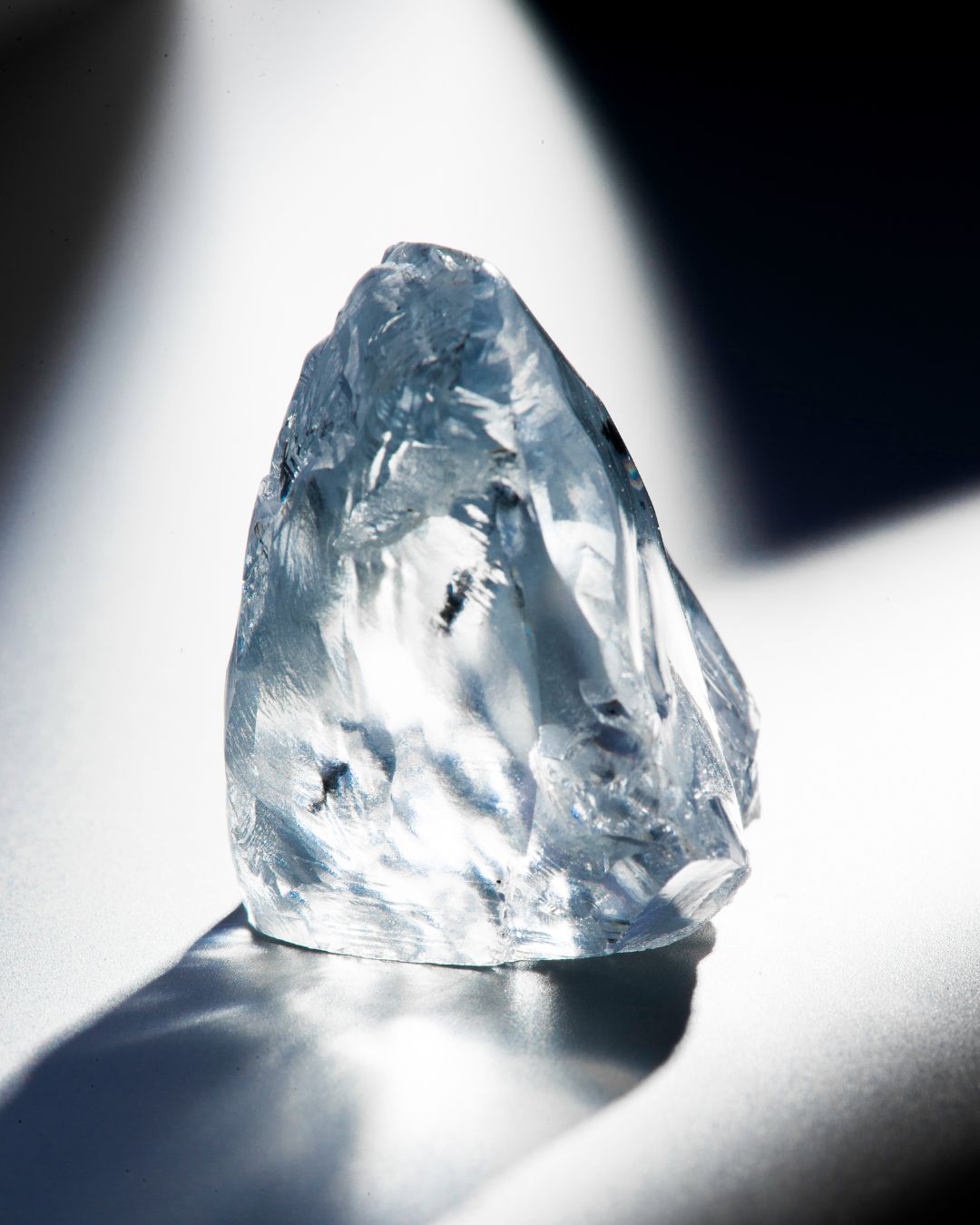
The Value of Rough Diamonds
The value of a rough diamond is determined by several factors, including its size, shape, clarity, and color. Unlike polished diamonds, which are graded using the traditional 4Cs—cut, color, clarity, and carat weight—rough diamonds require a more intricate evaluation to determine their potential.
Size and Shape
Larger rough diamonds naturally hold more value, as they can yield larger polished stones. However, the shape of a rough diamond plays a crucial role as well. A well-shaped rough diamond with minimal internal inclusions allows for a more efficient cutting process, maximizing its yield and potential worth.
Clarity and Internal Structure
While inclusions—internal flaws or markings—are common in rough diamonds, those with fewer imperfections are generally more valuable. However, even heavily included rough diamonds can still produce stunning gems if cut strategically.
Color
The presence of color in rough diamonds can significantly impact their value. While white and colorless diamonds remain highly desirable, fancy-colored rough diamonds—especially in hues of pink, blue, or green—are among the rarest and most valuable stones in the world.
Market Demand and Provenance
The origin of a rough diamond can also add to its allure. Diamonds from legendary mines, such as the now-closed Argyle Mine in Australia, often command premium prices due to their history and reputation.
Beyond their monetary value, rough diamonds hold immense symbolic and artistic significance. Collectors and jewelry designers alike appreciate their raw, untouched beauty, often incorporating them into avant-garde jewelry pieces that celebrate their organic forms.
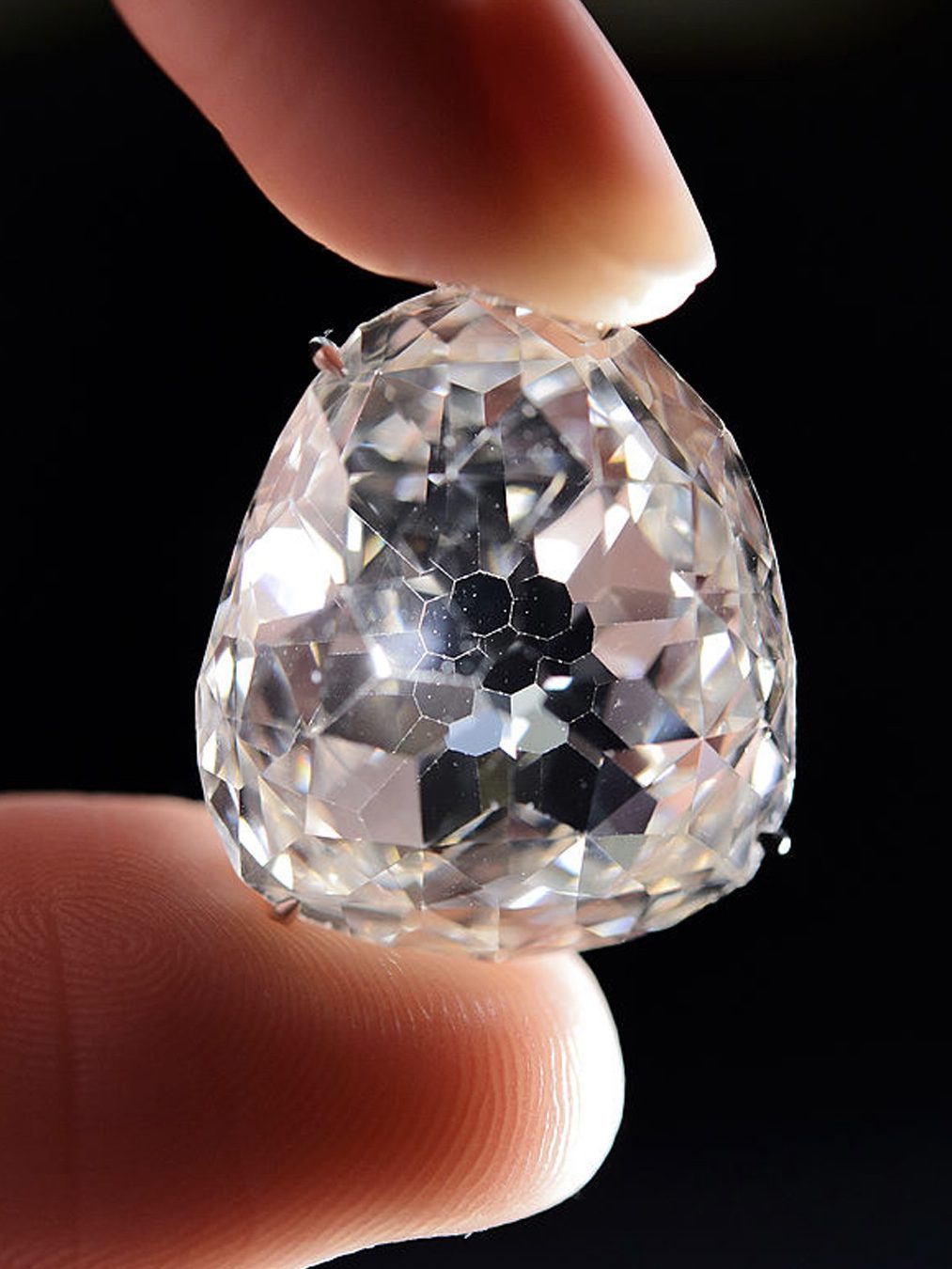
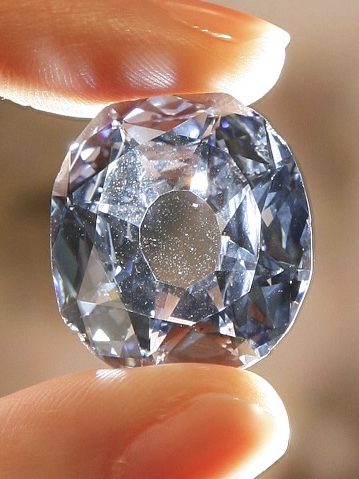
How Rough Diamonds Become Polished Diamonds
The transformation of a rough diamond into a polished masterpiece is an intricate and highly skilled process. It is a journey that combines science, artistry, and precision—one that has remained largely unchanged for centuries yet continues to evolve with modern technology.
Mapping and Planning
Before a rough diamond is cut, it undergoes extensive analysis. Advanced scanning technology and 3D imaging allow diamond cutters to study the stone’s internal structure, identifying inclusions and determining the best possible way to maximize its yield and brilliance.
Cleaving or Sawing
Once a cutting plan is established, the rough diamond is divided into smaller sections using either traditional cleaving methods or modern laser sawing. This step is critical, as it dictates the final shape and ensures minimal waste.
Bruting
Bruting, also known as girdling, is the process of shaping the rough diamond into a more rounded or symmetrical form. Two rough diamonds are spun against each other, carefully sculpting them into their desired outline.
Faceting and Polishing
The most crucial stage of the process is faceting—where expert diamond cutters create the stone’s brilliant facets. Each facet is meticulously shaped and positioned to enhance the diamond’s ability to reflect and refract light.
Using precision tools and years of expertise, master craftsmen polish the diamond’s surface, revealing its final brilliance. The result is nothing short of breathtaking—a polished diamond that radiates light, fire, and unparalleled beauty.
Certification and Grading
Once fully polished, the diamond is sent to a reputable gemological laboratory, such as the Gemological Institute of America (GIA), for certification. Here, it is graded based on the 4Cs, ensuring its authenticity and quality.
The Journey of Rough Diamonds
From the depths of the Earth to the world’s most exclusive jewelry houses, the journey of a rough diamond is one of transformation and artistry. These raw stones, untouched by human hands for billions of years, possess a natural beauty that is as captivating as the polished gems they eventually become.
Whether admired for their raw form or meticulously shaped into breathtaking jewels, rough diamonds remain a testament to nature’s power and the skill of the artisans who bring them to life. As the foundation of every extraordinary diamond creation, they are a reminder that even in their most unrefined state, diamonds are one of the most precious gifts of the Earth.
About Natural Diamond Council
Natural Diamond Council (NDC) is the global authority on natural diamonds. As a not-for-profit organization, NDC is committed to advancing the integrity of the natural diamond industry and celebrating the unmatched beauty and value of natural diamond jewelry. NDC serves as the industry’s definitive voice, offering expert insight, trusted education, and unparalleled access to the world of real, rare, and responsibly sourced natural diamonds.

